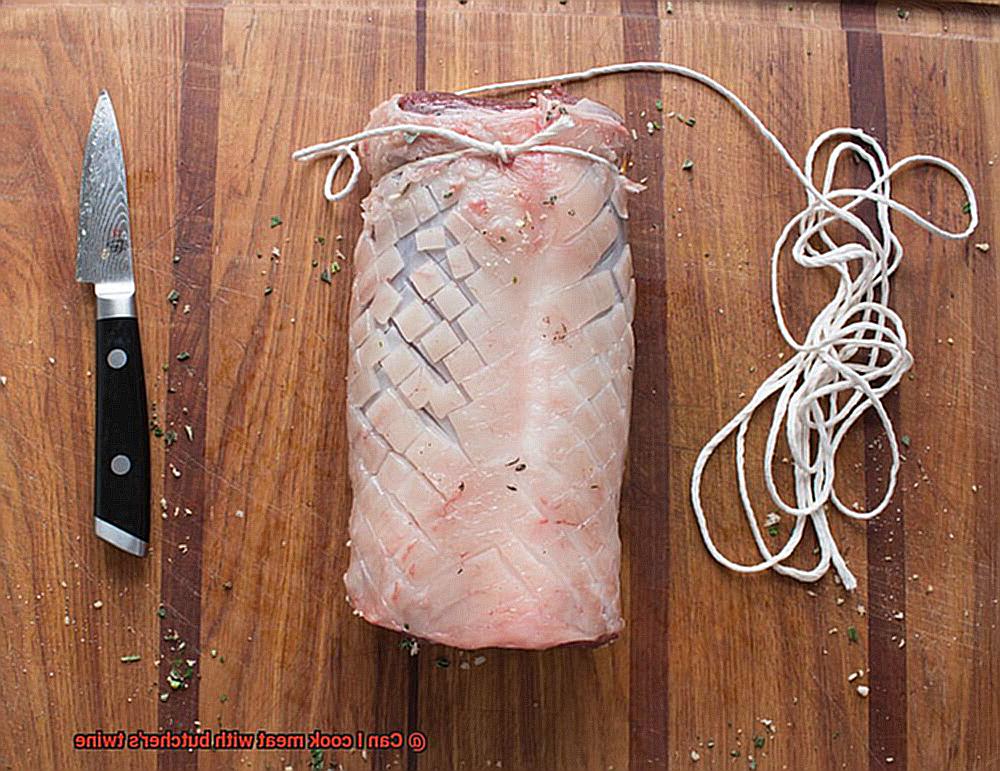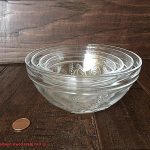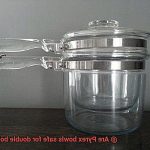Tired of your meat falling apart or cooking unevenly? Enter butcher’s twine, the kitchen tool you never knew you needed. This strong and food-safe fiber is perfect for tying up meats before roasting, grilling, or frying. But can you really cook meat with it? The answer is a resounding yes.
Not only does butcher’s twine keep your meat in place while cooking, but it also helps it cook more evenly. By tying up your meat, you create a uniform shape that allows for better heat distribution and a perfectly cooked dish. Plus, using twine to keep stuffing or other ingredients tightly in place inside your meat makes for a more flavorful and visually appealing dish.
But don’t grab any old string lying around – make sure to use food-safe twine made specifically for cooking. Synthetic or chemically treated twine won’t cut it.
Overall, using butcher’s twine to cook your meat is a simple yet effective technique that will impress your family and friends with your culinary skills. Give it a try next time you’re in the kitchen.
Contents
What is Butcher’s Twine?
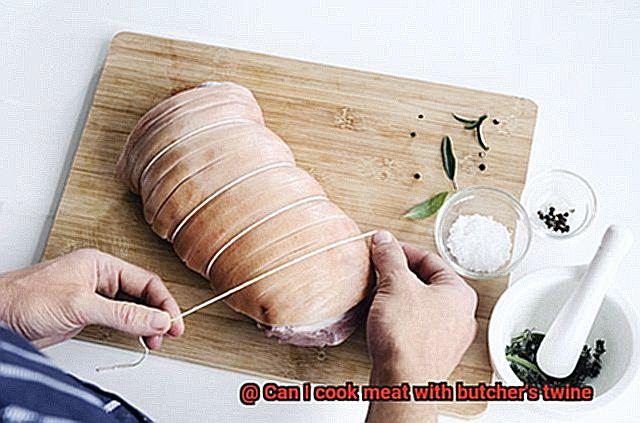
They are known as butcher’s twine, cooking string, or kitchen string. Butcher’s twine is a versatile kitchen tool that is essential for any home cook or professional chef who wants to ensure their meat and poultry dishes are cooked to perfection.
Butcher’s twine is typically made of cotton or polyester thread and comes in various thicknesses and lengths, depending on its intended use. Thinner twine is suitable for delicate items like fish or poultry, while thicker twine is better suited for larger cuts of meat like roasts or briskets. It can be purchased in spools or pre-cut lengths and is typically white or beige in color. Some types of butcher’s twine may also be coated with wax or other materials to make them more durable and heat-resistant.
The primary purpose of butcher’s twine is to help keep food intact while it is being cooked. By tying the meat or poultry tightly with the twine, it can maintain its shape and stay together during the cooking process. This not only makes for a more visually appealing dish but also helps to ensure that the food cooks evenly. Butcher’s twine helps distribute heat throughout the meat, ensuring that it cooks evenly.
When using butcher’s twine to cook meat, it’s important to tie the meat securely but not too tightly. If the twine is too tight, it can squeeze out the juices from the meat and make it dry. On the other hand, if it’s not tied securely enough, the meat may fall apart during cooking. It’s also important to remove the twine before serving the meat to avoid any choking hazards or unwanted effects on taste and texture.
Butcher’s twine is readily available in most kitchen supply stores and can be purchased online from various retailers. It is often sold alongside other kitchen tools and utensils, such as meat thermometers, basting brushes, and roasting pans. Its versatility and durability make it a must-have item in any kitchen.
Is Butcher’s Twine Safe to Cook With?
You might have come across butcher’s twine. This thin, strong string made from 100% cotton or polyester is often used to tie up meat or poultry before cooking. But, as a culinary expert, I know you might be wondering – is butcher’s twine safe to cook with?
The answer is yes. Butcher’s twine is safe to use when cooking meat or poultry. It is made from natural materials and does not contain any harmful chemicals that can leach into your food. In fact, it is commonly used by chefs and home cooks to prepare meat for cooking.
However, not all types of twine are safe for cooking. Some may be coated with wax or other materials that can melt and contaminate your food. Therefore, it’s crucial to choose a high-quality butcher’s twine that is specifically labeled as safe for cooking.
When using butcher’s twine, you must ensure it is tightly tied around the meat and does not come undone during cooking. Loose twine can get caught on grill grates or other surfaces and potentially cause a fire hazard. So, be sure to wrap your meat properly.
Another important consideration is removing the twine before serving your cooked dish. Leaving the twine on could lead to a choking hazard or create an unappetizing presentation.
How to Securely Tie the Meat with Butcher’s Twine
Tying meat with butcher’s twine may seem like a daunting task, but with the right technique, it can be a breeze. Here are five sub-sections to follow for securely tying your meat with butcher’s twine:
Choosing the Right Twine
Choosing the right twine is essential for successful meat tying. Opt for strong and sturdy twine that won’t break or come apart during cooking. Cotton twine is a great option as it is heat-resistant and won’t burn or melt. Make sure to select a twine that is strong enough to hold the weight of the meat.
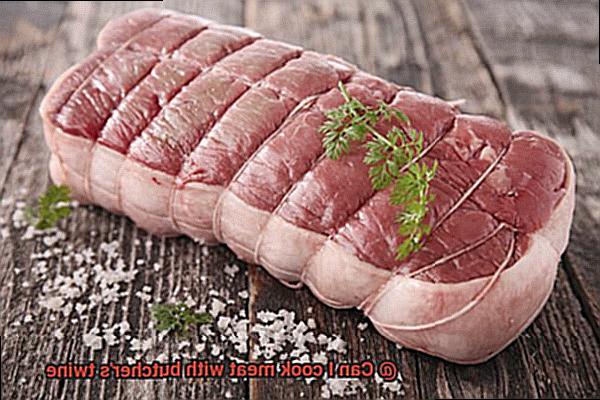
Preparing the Meat
Before tying up your meat, make sure to prepare it properly. Trim off any excess fat or connective tissue from the meat to ensure even cooking and prevent it from falling apart. This step is crucial to achieving a beautiful presentation.
Cutting the Twine
Cut a long piece of twine that is about three to four times the length of the meat. It’s better to have too much twine than not enough, as you can always trim off any excess later on.
Tying the Meat
Start by placing the meat on a flat surface and positioning the twine underneath it. Bring both ends of the twine up and over the meat, crossing them over each other at the top. Then, bring the ends back down and tie them tightly in a knot at the bottom. It’s important to ensure that you tie it snugly but not too tight as this can cause the meat to cook unevenly.
Additional Knots
To ensure that the meat is securely tied, tie additional knots at intervals along the length of the meat. Make sure they are evenly spaced apart to prevent any parts of the meat from overcooking or undercooking. When tying a bone-in roast or turkey, make sure to tie around the bone as well to keep it in place during cooking.
Benefits of Cooking with Butcher’s Twine
Look no further than butcher’s twine. As an expert on the benefits of cooking with this versatile kitchen tool, I can attest that it’s a game-changer.
Let’s start with the most important benefit. By tying up your meat securely with butcher’s twine, you’re ensuring that it cooks evenly throughout. No more dry, tough spots or raw, unappetizing areas. Instead, you’ll have perfectly cooked meat every time.
But that’s just the beginning. When you use butcher’s twine to tie up your meat, it also results in a more attractive presentation when you serve your dish. Your meat will hold its shape better and look more professional on the plate. It’s a simple step that can make a big difference in the overall appearance of your meal.
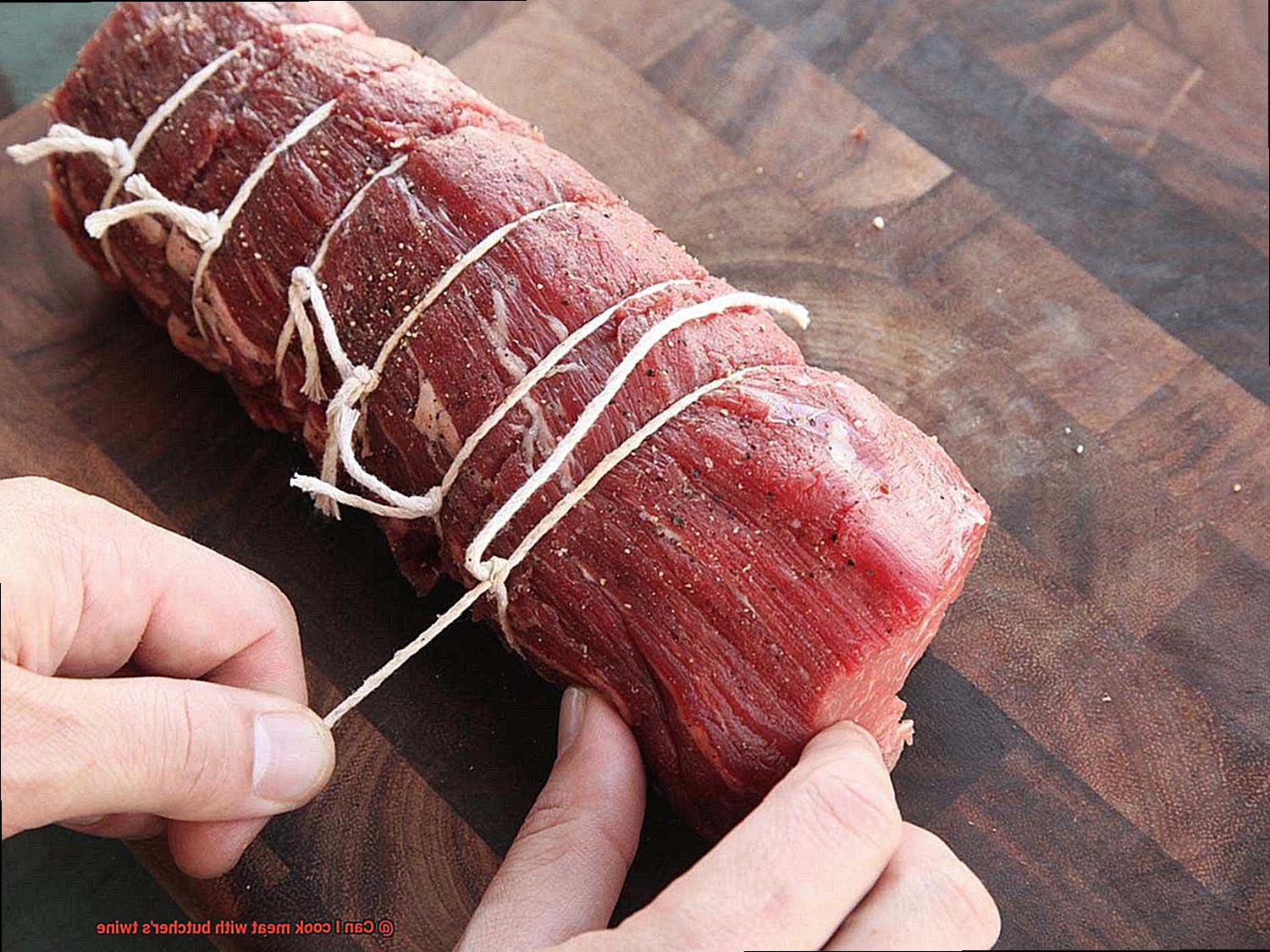
Now let’s talk about flavor. By allowing for better seasoning and browning, your meat will be bursting with delicious flavor. And smaller pieces of meat are easier to handle and move around while cooking, making your life in the kitchen that much easier.
In summary, there are several compelling reasons to start cooking with butcher’s twine today. Here’s a quick recap:
- Even cooking throughout your meat
- Improved presentation and more professional-looking dishes
- Enhanced flavor thanks to better seasoning and browning
- Easier handling of smaller pieces of meat
Different Types of Food-Safe Twines for Cooking
When it comes to cooking meat, using twine can help keep the meat together while it’s cooking. However, it’s essential to use a food-safe twine to ensure that the meat is safe to eat. Here are five different types of food-safe twines that can be used for cooking:
Cotton Twine
Cotton twine is a popular option due to its affordability and availability. It’s also heat-resistant, which means it won’t burn or melt during cooking, making it a safe option for use in the oven or on the grill. However, not all cotton twines are food-safe, so it’s important to check the label before purchasing.
Linen Twine
Linen twine is strong, durable, and heat-resistant, making it perfect for tying up roasts and other large cuts of meat. It’s also naturally antibacterial, which means it’s less likely to harbor harmful bacteria during cooking. Linen twine is a popular choice among professional chefs due to its strength and reliability.
Hemp Twine
Hemp twine is an eco-friendly option as it’s biodegradable and made from natural fibers. It’s also heat-resistant and strong enough to hold up even the heaviest cuts of meat. Hemp twine has a high heat resistance and does not add any harmful chemicals to the food being cooked. It’s a great option for those who are environmentally conscious.
Polyester Twine
Polyester twine is often used for tying up roasts and can withstand high temperatures without melting. It’s also food-safe and widely available in stores. Polyester twine is an excellent option for those who prefer synthetic materials over natural ones.
Nylon Twine
Nylon twine is ideal for tying up stuffed meats as it can easily be removed after cooking. It’s also heat-resistant and food-safe, making it a great option for use in the oven or on the grill. Nylon twine is a durable option that can hold up even in high-temperature cooking.
It’s crucial to note that not all twines are food-safe, and some may contain harmful chemicals or coatings. Before using any twine for cooking, it’s essential to check the label to ensure that it is safe for use with food. Using a food-safe twine will ensure that you can enjoy a delicious meal without worrying about any health concerns.
Potential Risks of Cooking with Butcher’s Twine
It is important to note that there are potential risks associated with using this cooking method that should be taken into consideration.
One of the most significant risks when using butcher’s twine is the possibility of it catching fire when exposed to high heat. This can occur when grilling or broiling meat, and not only result in burnt meat but also pose a fire hazard in the kitchen or on the grill. Therefore, it is important to keep a watchful eye on the twine and avoid leaving it unattended when cooking with high heat.
Another risk associated with using twine for cooking is that it can leave behind small fibers on the meat that can cause digestive issues and discomfort when stuck between teeth. To avoid this, it is essential to use food-grade twines like cotton, linen, hemp, polyester, or nylon.
Additionally, if the twine used for cooking is not food-grade or coated with any chemicals or dyes, it can release harmful substances into the meat during cooking. This can result in health problems if consumed regularly. To ensure safety, it is important to use only food-grade twine and avoid any coated or chemically treated ones.
Lastly, if the twine is not properly sanitized before use, it can harbor bacteria and other harmful microorganisms that can cause food poisoning. Cleaning and sanitizing the twine before each use is crucial to avoid any potential health risks.
Tips for Using Butcher’s Twine in Cooking
Butcher’s twine is a versatile tool that can help keep meat together while it cooks. However, using it properly requires some know-how. Here are five tips for using butcher’s twine in cooking that will help ensure your meat stays together and comes out perfectly every time.
Choose the right twine
The first step in using butcher’s twine is to choose the right type of twine. It should be food-safe and able to withstand high temperatures without breaking or burning. Cotton or hemp twine is an excellent choice because it is heat-resistant and won’t affect the flavor of your food.
Tie the meat securely but not too tightly
When tying meat with twine, it is essential to strike a balance between tying it tightly enough to hold everything together and not so tightly that it ruins the texture or squeezes out the juices. A simple overhand knot or slip knot is effective and easy to undo after cooking.
Place the twine strategically
To keep the meat from falling apart during cooking, place the twine strategically around it. For instance, you can tie the legs of a chicken together or wrap a roast to keep it from coming apart.
Soak the twine in water
Before using the twine, soak it in water for about 30 minutes. This helps prevent burning or breaking during cooking and creates a steam barrier that keeps the meat moist.
Monitor temperature and adjust cooking times
Meat tied with twine may cook slower than untied meat, so be sure to monitor your cooking times carefully and adjust as needed to ensure that your meat cooks evenly.
rFIwbUBiRSE” >
Conclusion
In conclusion, butcher’s twine is a kitchen essential that can elevate your meat-cooking game to new heights. By using it to tie up your meat before cooking, you can achieve even cooking and presentation that will impress your guests. However, it’s crucial to use food-safe twine made specifically for cooking and tie it securely but not too tightly to avoid any unwanted effects on taste and texture.
Cooking with butcher’s twine has several benefits, including improving the flavor of your meat by allowing better seasoning and browning, making smaller pieces of meat easier to handle, and enhancing presentation. But it’s important to be aware of potential risks associated with this method, such as the possibility of catching fire when exposed to high heat or leaving behind fibers that can cause digestive discomfort.
To ensure success when using butcher’s twine in cooking, choose the right type of twine and place it strategically around the meat. Soak it in water before use to prevent burning or breaking during cooking, monitor temperature while adjusting cooking times as needed, and always remove the twine before serving.
While there are some risks associated with using butcher’s twine in cooking, these can be easily mitigated by taking proper precautions. With the right technique and attention to detail, you can cook delicious and visually appealing meat dishes that will leave your guests wanting more.

